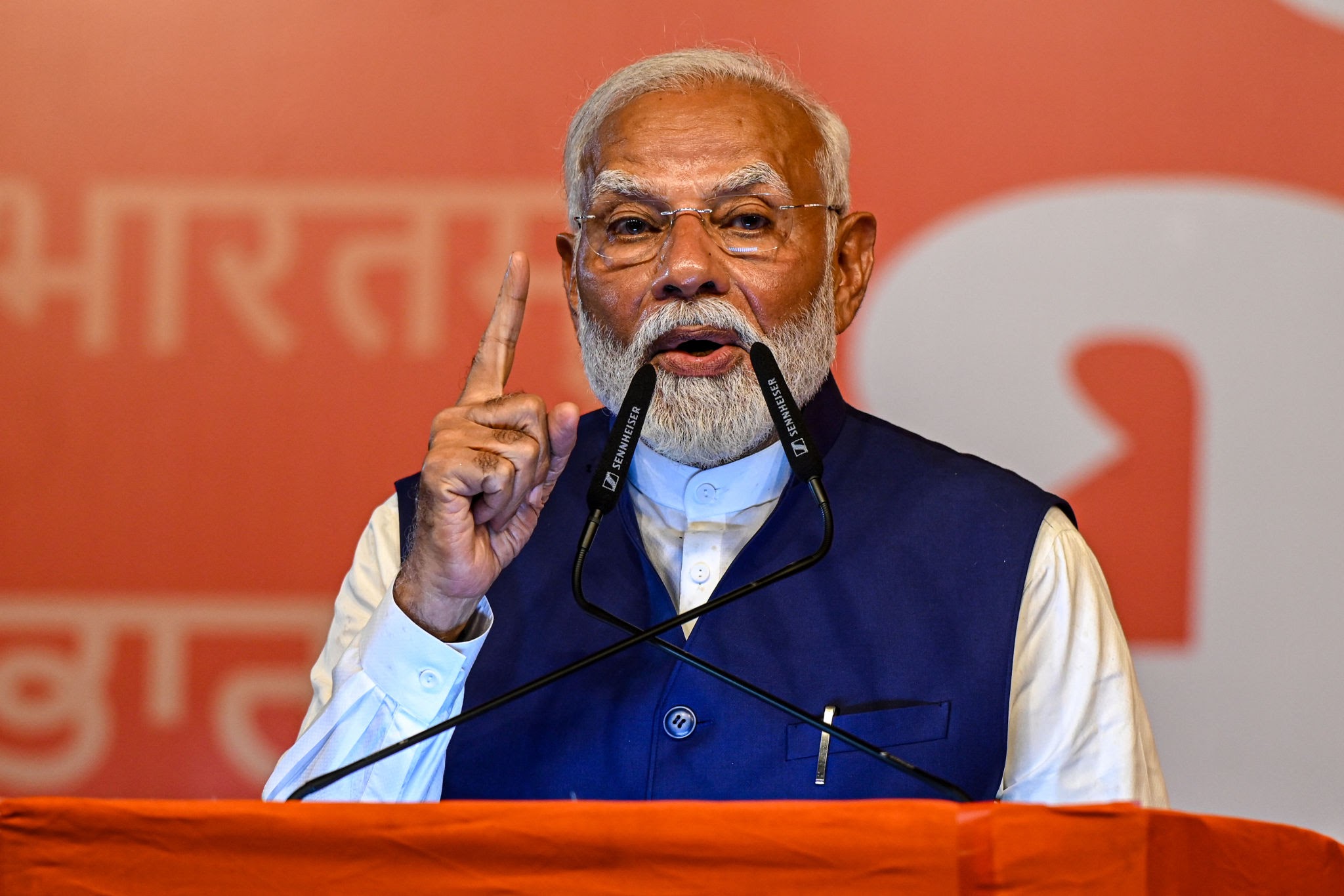India’s Strategic Approach to Counter China’s Assertiveness Sets Example for the Region

New Delhi, India – In the face of escalating tensions with China, India has set a cautious but determined path in managing its border dispute, offering a potential model for other nations confronting similar challenges. A recent agreement on patrolling rights in the sensitive regions of Demchok and Depsang along the Line of Actual Control (LAC) highlights India’s balanced approach of diplomacy paired with firm territorial defense.
Announced just ahead of the BRICS Summit in Kazan, Russia, the border arrangement allowed Indian Prime Minister Narendra Modi to meet formally with Chinese President Xi Jinping, marking the first bilateral meeting between the two leaders in nearly five years. This key development unfolded as China agreed to withdraw troops from contested areas, reestablishing the pre-2020 status quo along the LAC.
By upholding its patrolling rights in critical regions, India has underscored its commitment to territorial sovereignty without compromising on peace efforts. This position signals to both Beijing and the global community that while India seeks stability, it will not tolerate unilateral shifts in border status.
At the BRICS Summit, India’s stance was seen as a message of responsibility and commitment to peace, contrasting with China’s often confrontational posturing. India’s approach aligns with its broader vision of promoting regional stability and cooperation, advocating for mutual development without aggression. New Delhi’s methods have not only reinforced its credibility but have offered an effective blueprint to neighboring countries dealing with assertive Chinese tactics.
India’s restraint in the face of Chinese incursions reflects a calculated strategy: opting for diplomacy over military escalation while maintaining a strong stance on sovereignty. Regular high-level discussions, rather than aggressive posturing, have fortified New Delhi’s position, demonstrating the power of dialogue in resolving complex border issues.
For nations in the Indo-Pacific and Southeast Asia regions, India’s strategy serves as a model. Amid growing concerns over China’s regional assertiveness, India’s recent actions underscore the importance of steadfast diplomacy paired with strategic defense.
India’s approach, emphasizing both firmness and diplomacy, presents a constructive path forward for countries aiming to maintain peace and stability amid China’s regional ambitions.#




![From Kathmandu to the World: How Excel Students Are Winning Big [Admission Open]](https://nepalaaja.com/img/70194/medium/excel-college-info-eng-nep-2342.jpg)


